A hotel greeting describes the entire process of welcoming a new guest to a hotel. It can include reception staff personally greeting new arrivals, as well as the provision of welcome gifts, letters or cards within guest rooms.
Greeting hotel guests is an important part of customer service, helping to create a positive first impression. These initial interactions set the tone of a guest’s stay and can also help to manage expectations.
In this guide, you can take a deep dive into the role that welcoming and greeting guests can play, learn some best practices, explore the role of modern technology and identify some of the common pitfalls to avoid.
Table of Contents:
- The Fundamentals of a Hotel Greeting
- The Importance of a Great Hotel Greeting
- Key Elements of Welcoming and Greeting Guests
- Popular Hotel Greeting Formats and Approaches
- Modern Hotel Greeting Technology Options
- How to Write Effective Hotel Welcome Messages
- Common Hotel Greeting Mistakes and Pitfalls
- Optimizing Your Hotel Welcome Message
- Crafting a Great Hotel Welcome Letter
The Fundamentals of a Hotel Greeting
The hotel greeting process begins immediately after a guest arrives at your hotel. It can include personal greetings from door staff or front desk staff, welcome messages left in guest rooms and hotel porters offering assistance with luggage.
During these initial interactions, it is important to make guests feel at ease and provide an efficient check-in process. You may also need to highlight where key areas of the hotel are and explain hotel operations.
Welcoming and greeting guests can have verbal and written elements, but the body language of employees is also important. Staff should look presentable, use positive body language and greet new arrivals warmly.
The Importance of a Great Hotel Greeting
A positive hotel greeting is important because it helps to create a positive first impression for guests. Many people will form opinions about your hotel during these early interactions and those perceptions can be hard to shift.
A warm initial greeting, a personalized guest welcome message and an efficient check-in process can all help to set the scene for an enjoyable stay. These elements can directly impact perceptions of the entire guest experience.
Early interactions with guests allow you to explain elements of your hotel, set your own expectations and manage guests’ expectations. Exploring any special requirements early is also a proactive way to boost customer satisfaction.
Key Elements of Welcoming and Greeting Guests
There are several essential elements that make up an effective hotel greeting, so it is important to always:
Be Warm and Personable
Front desk staff and others involved in your hotel greeting need to adopt a warm tone of voice and focus on being personable. Be polite and try to ensure you have positive and friendly interactions with guests.
This is essential because guests are going to make snap judgments about your hotel based on these initial interactions. You want to leave them with a positive impression and let them know that you care about their stay.
Smiles, eye contact and a positive tone of voice can all go a long way. Provide regular training sessions for staff too and actively work on building and improving these soft skills throughout your team.
Video: The Best Way to Welcome Guests to Your Hotel
Look Presentable
Everyone representing your business during the hotel greeting process should look presentable. Provide employees with smart uniforms, insist on high standards of grooming and prioritize positive body language.
Guests will form immediate impressions and some of these impressions will come from visual cues. A presentable team of hotel staff can set a professional tone right away and help to put guests at ease.
You can use roleplaying during training sessions to work on body language. Some hotels film these sessions, making it easier for staff to see where they are strong and where improvements can be made.
Focus on Efficiency
When guests arrive at your hotel, the process of checking in and gaining access to their room should not take long. Create a process where staff know what they are doing and guests can move through the hotel greeting quickly.
This is important because a slow check-in process can cause immediate disappointment. You need to avoid rushing guests too, but make sure things progress at a swift pace and you prevent unnecessary delays.
Consider using technology to boost hotel greeting efficiency, including contactless check-in solutions that can reduce queues at the front desk. Keyless entry systems, powered by a hotel app, may also help.
Provide Useful Information
During your hotel greeting, make sure you provide some details about on-site services and amenities. You can also offer useful information about nearby attractions and transportation options.
Providing valuable information about hotel services is essential because you want to make sure guests know how to make the most of their visit. It can also help you to generate more ancillary revenue from each guest.
Make sure guests know about food options and important timing information for meals and on-site services. Try to avoid bombarding guests with too much information right away and use welcome letters to provide some of the details.
Ask the Right Questions
As part of your hotel greeting, hotel staff should ask sensible questions to gather useful information. This could include questions about what hotel guests are looking forward to and what they are planning on doing.
Asking questions can help to pinpoint special requirements quickly, so you can take action. Welcoming and greeting guests with an inquisitive approach can also allow you to gather valuable customer data.
The information you gather from questions can potentially be used to personalize the rest of a guest’s stay.
Keep Up Appearances
Make sure the hotel environment itself makes a positive visual impression on guests. Your hotel greeting also includes what guests see, so make sure your hotel is clean, tidy and well decorated.
You want to steer clear of situations where guests see your hotel reception and immediately form a negative opinion. Avoid clutter and continually maintain excellent hygiene standards.
Consider adding unique design elements that can attract attention or even spark discussions. Try to use color schemes that are in keeping with your wider branding strategy too.
Create an Inclusive Environment
It is important to be inclusive and to welcome guests from all backgrounds. Try to avoid creating an atmosphere in your hotel where only certain types of guests are made to feel welcome.
Being inclusive helps to put guests at ease immediately and can prevent feelings of embarrassment. Make sure your hotel greeting does not exclude certain people or create a sense that some types of guests are not welcome.
Consider providing training for front desk staff about some of the main cultures and religions guests may follow. It can also help if you have a diverse workforce, with different cultures represented.
Popular Hotel Greeting Formats and Approaches
In the sections below, you can examine popular guest welcome approaches:
Hotel Welcome Letters
A hotel welcome letter is a short letter, used as part of your hotel greeting to express gratitude and offer useful information. The letter can be left in guest rooms and may offer advice and details on hotel facilities.
Providing a welcome letter is a relatively small touch that can help to demonstrate that you care. The letter can also encourage guests to make use of the full range of services and facilities available.
Try to include some personalization elements and, at minimum, address your guests by name in the letter. Make sure the letter feels professional and the content accurately reflects your hotel’s brand values.
In-Room Greeting Cards
In-room hotel greeting cards contain short, relatively simple messages, welcoming guests and thanking them for choosing your hotel. They are similar to a welcome letter, but are usually more concise.
A greeting card can be a great way to provide additional information you may not have included within initial face-to-face conversations. Leaving a hotel greeting card is a small gesture that can go a long way.
Be strategic with where you leave the card within a guest room because you need to make sure guests actually see it. Some hotels deliver the welcome card to the guest’s hotel room after they arrive.
Welcome Baskets
Welcome baskets are a simple gift you can leave for guests as a token of your appreciation. When used as part of a hotel greeting, a welcome basket can create a positive and memorable moment early on.
The use of welcome baskets can provide guests with items they may use during their stay or after they return home. You may also select items that reflect the local culture, leaving guests with a souvenir.
Make sure you personalize welcome baskets to suit the needs of each individual. Data on your books already may be able to tell you whether they are vegan, suffer from health conditions, or have specific preferences.
Video: Create a Guest Room Welcome Basket
Welcome Signs
Signage in and around your hotel lobby can also play a useful role in providing an initial hotel greeting. These signs can include positive messages, offer directions or display services and opening times.
It is important to place welcome signs strategically. They need to be clearly visible and easy to read, but you need to prevent circumstances where the signs create a cluttered feel or make the hotel look less professional.
Signs should be big enough for any writing to be legible, but small enough to avoid getting in the way.
Modern Hotel Greeting Technology Options
In these sections, you can take a closer look at the role of technology and hotel trends in welcoming guests:
Digital Check-In Solutions
Digital check-in solutions allow guests to benefit from a self-service option upon arrival. This can take different forms, including mobile check-in processes and the use of digital self-service kiosks.
The primary value of digital check-in solutions is efficiency. Guests can arrive at the hotel, check themselves in and avoid queues at reception and this can potentially be achieved on a 24/7 basis.
Your digital check-ins should integrate with wider hotel management software, allowing data to sync up. This can ensure guests receive services they have paid for and are allocated an appropriate room.
AI-Powered Virtual Assistants
AI-powered virtual assistants use voice recognition or chatbot technology to respond to user inputs. This technology can be used in the hotel industry to answer common questions when guests first arrive.
Virtual assistants can alleviate pressure on staff and provide answers to common questions at all times of the day. This means your hotel can deliver continuous support, even if human employees are not available.
When used to the best effect, an AI assistant can ask guests what they need help with, gather valuable data and resolve problems. If the problem cannot be resolved, data can be passed on for human staff to take over.
Guest Communication Platforms
Digital guest communication platforms can also play a role in making your hotel greeting special. This is especially true if you offer contactless check-ins and allow guests to check-in at all times of the day.
Greeting hotel guests digitally can be more convenient for many guests, as the information can be accessed multiple times. It can also reduce your use of paper, which has environmental benefits.
The rise of AI technology is improving digital communication options, offering reliable automation and even translation services. This could allow you to automatically greet hotel guests in their preferred language.
How to Write Effective Hotel Welcome Messages
Welcome messages can form a crucial part of your hotel greeting strategy. Here, you can learn the fundamentals:
- Message Length: Your welcome message should be kept short, providing the most critical information. If you make your message too long or too complex, you risk some guests ignoring it, or only reading some of it.
- Personalization: Make sure your hotel greeting includes a welcome message that addresses each guest by name and includes other personal information, such as details about their booking and preferences.
- Local Highlights: Reference nearby attractions and amenities in your own hotel, including tailored recommendations made using relevant data you have collected about each guest.
- Communication Style: Adopt a warm tone, while keeping it professional, especially when discussing important information about your hotel, like check-in processes and how to access key facilities.
- A Personal Touch: Consider using handwritten notes to add a more personal touch. Some hotels also sign off their welcome message with a personal message from the hotel owner or manager.
- Brand Consistency: Make sure your message is in keeping with your wider hotel greeting and your branding as a whole. Ensure the tone and use of language reflects your core values.
Common Hotel Greeting Mistakes and Pitfalls
Here, you can explore some of the common mistakes and pitfalls you need to avoid with your hotel greeting:
- Lack of Attention: Multitasking can create a negative first impression and can come across as rude. Make sure guests have the undivided of front desk staff and let guests know they really matter.
- Pace of Interactions: It is vital to avoid rushing the hotel greeting process, but it is equally important to avoid taking too long. Guests want efficiency, while still getting the full experience.
- Privacy Issues: Avoid any situation where you loudly announce a guest’s room number or private information. Take care with personal data and use written communication when you need to be discreet.
- Making Assumptions: Never assume guests know how to use hotel features or already understand your services. Take time to explain key features and make it clear that you are always happy to answer questions.
- Communication Problems: Make sure front desk staff listen carefully, maintain positive body language and steer away from preventable communication issues that may harm the guest experience.
- Personal Boundaries: Keep things friendly but professional. Avoid greeting hotel guests too casually when they have just arrived and will expect a level of professional distance.
Optimizing Your Hotel Welcome Message
A welcome message is an important part of your wider hotel greeting and usually takes the form of a short message, presented to guests upon arrival. The best messages are personalized, will thank the guest for choosing your hotel and will feature a clear, concise message from staff or the hotel owner.
In the “Hotel Welcome Message for Guests: How to Write + 5 Free Examples” article, you can take a more detailed look at why these messages matter and access some free examples you can use as inspiration.
Crafting a Great Hotel Welcome Letter
A welcome letter is another option that can enhance your hotel greeting. Welcome letters usually thank the guest for selecting your hotel, while providing valuable information about the services on offer, how to contact hotel reception and how they can leave feedback or an online review about your hotel.
In the “How to Write a Hotel Welcome Letter for Guests + 8 Free Templates” article, you will find some example letters, along with a breakdown of why welcome letters are valuable and what information they should include.
Did You Like This Article about Hotel Greeting?
You might also be interested in the following articles:
- Essential Hotel Marketing Strategies
- Hotel Email Marketing: Types, Strategies and Top Tips
- Hotel Amenities: Meet and Exceed Your Hotel Guests’ Expectations
- Hotel Marketing Plan: Tips & Tricks for Successful Hotel Marketing
- Hotel Advertisement; Effective Hotel Advertising Strategies
Your hotel greeting sets the tone for what is still to come, so it is vital to make a great first impression. Consider options like welcome letters or messages, gifts and digital check-in solutions. Ensure all of your employees are friendly, presentable and work together to create an efficient arrivals process.
More Tips to Grow Your Business
Revfine.com is the leading knowledge platform for the hospitality and travel industry. Professionals use our insights, strategies, and actionable tips to get inspired, optimize revenue, innovate processes, and improve customer experience.Explore expert advice on management, marketing, revenue management, operations, software, and technology in our dedicated Hotel, Hospitality, and Travel & Tourism categories.
This article is written by:
Hi, I am Martijn Barten, founder of Revfine.com. With 20 years of experience in the hospitality industry, I specialize in optimizing revenue by combining revenue management with marketing strategies. I have successfully developed, implemented, and managed revenue management and marketing strategies for individual properties and multi-property portfolios.

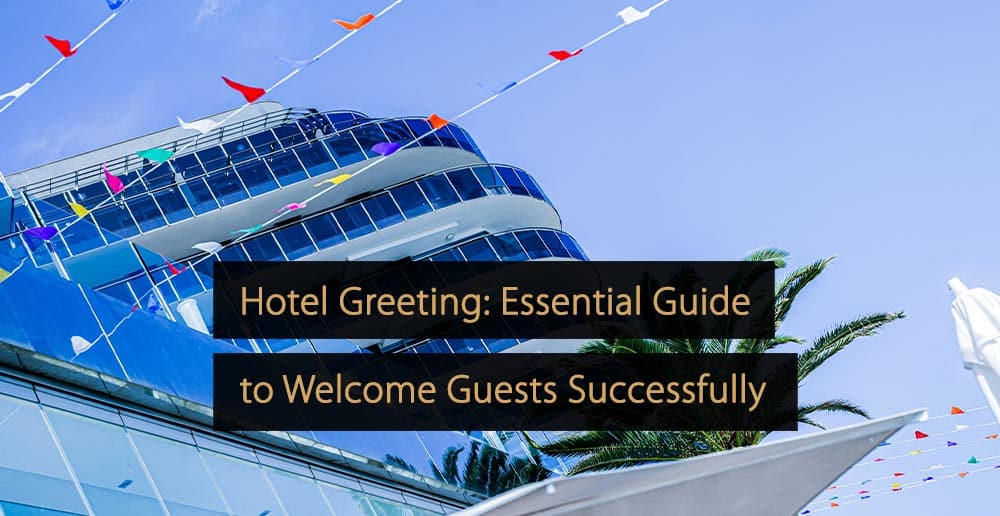
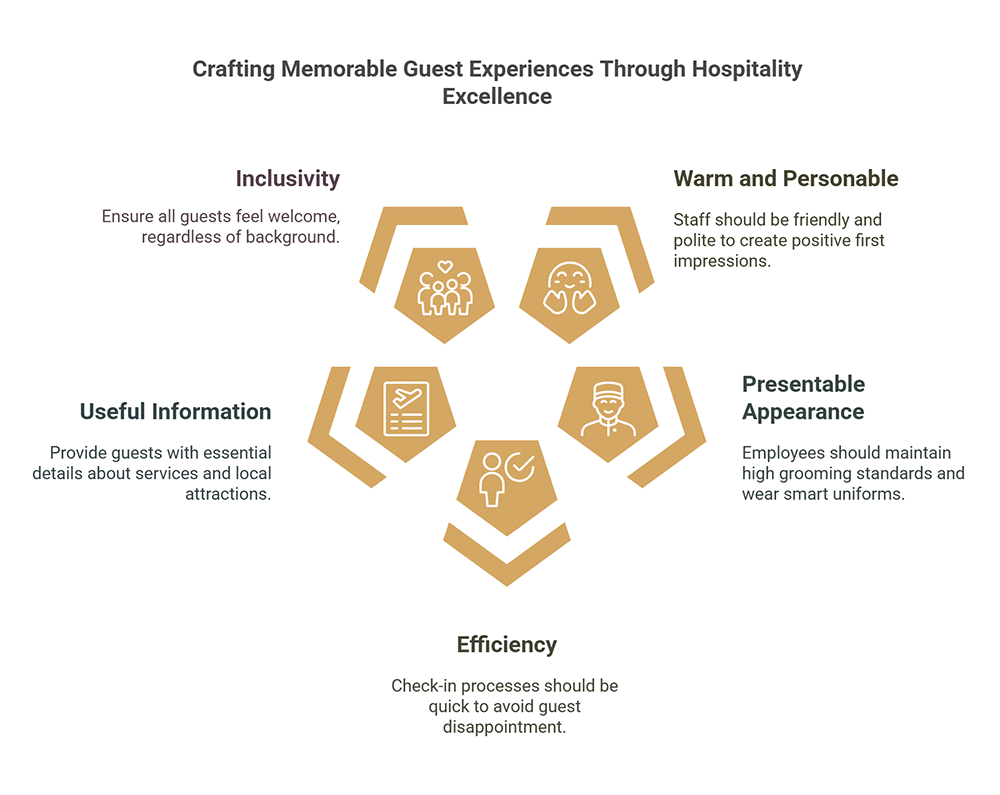
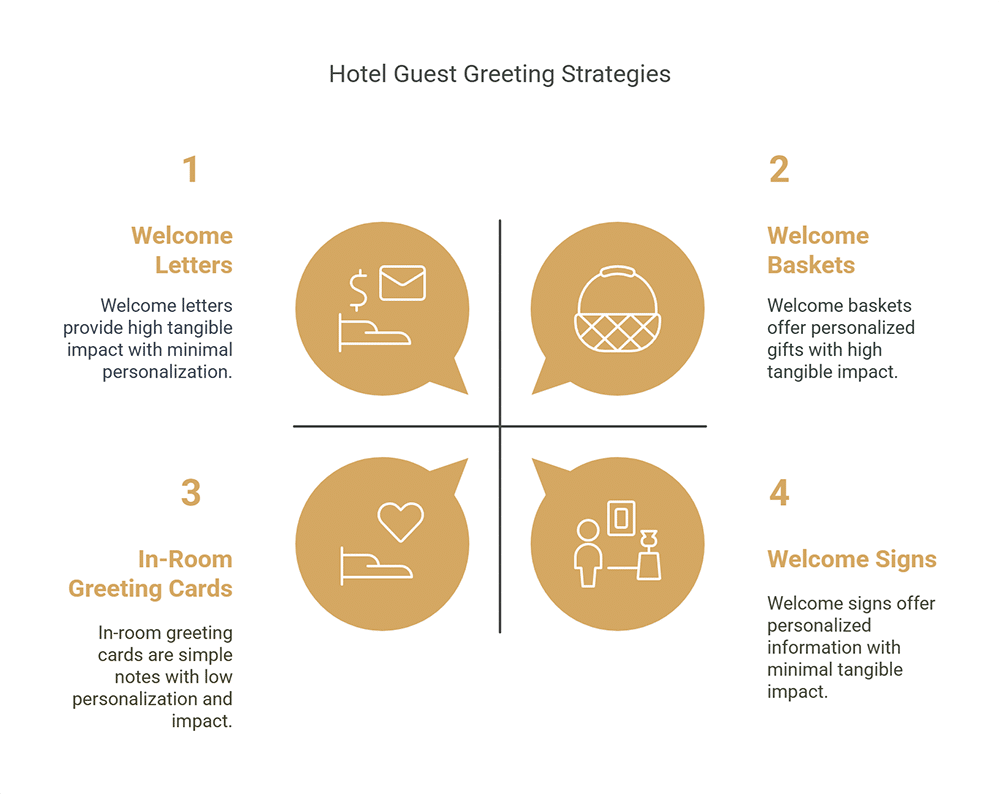
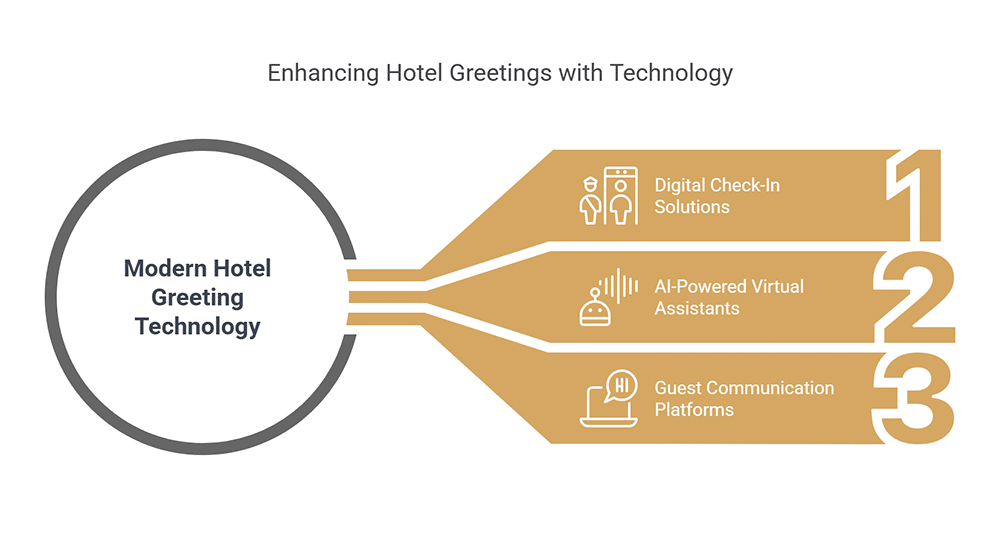


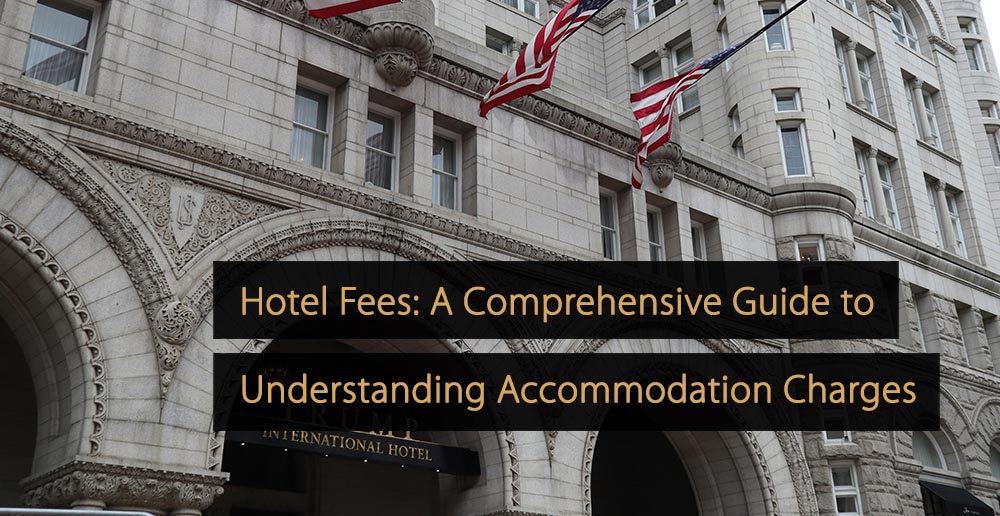


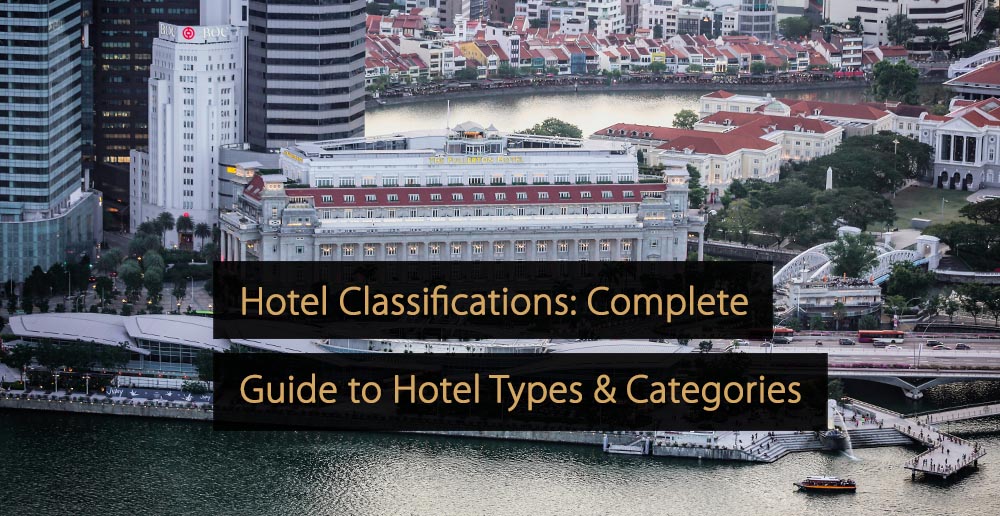
Leave A Comment